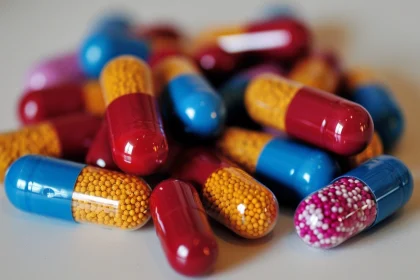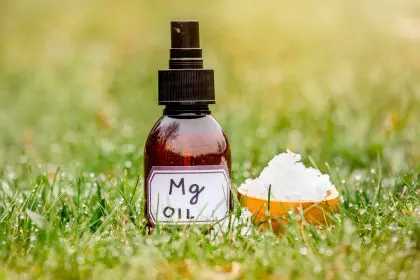That expensive DNA test promising to reveal your “true” age might be wildly off the mark. Scientists have discovered that popular at-home biological age tests, which use saliva samples, could misread your age by up to three decades.
Why blood tells a better story
Your morning coffee might interfere with more than just your breath. Recent research examining 284 tissue samples from people aged nine to 70 found that oral samples – including saliva and cheek swabs – provide far less reliable results than blood tests when measuring biological age.
The science behind aging markers
While everyone celebrates the same number of birthdays, our bodies age at different rates. Dr. Sandra Narayanan, a vascular neurologist, explains that biological age reflects how well our cells and tissues function, not just how many candles grace our birthday cake.
When saliva samples mislead
Lead researcher Abner Apsley compares using saliva tests instead of blood samples to measuring temperature with a ruler – the tools simply don’t match the task. Most aging clocks were developed using blood samples, making them the gold standard for accurate results.
Beyond the numbers game
Understanding your true biological age matters more than just satisfying curiosity. A higher biological age might signal increased risks for age-related conditions like Alzheimer’s, cancer, and heart issues. However, this information proves valuable only when accurate.
What your cells reveal about aging
Leading researchers now recognize that aging doesn’t follow a simple timeline. Your skin cells might age differently than your heart cells, making single-tissue tests potentially misleading. This complex interplay explains why relying solely on saliva tests could paint an incomplete picture of your body’s true age.
The cost of misleading results
Marketing promises of “discover your real age” have created a booming industry, with consumers spending hundreds on tests that might provide inaccurate results. Beyond wasted money, these misleading results could provide false reassurance or unnecessary worry about health status.
Inside the testing revolution
Traditional age measurement relied solely on calendar years. Modern science now examines chemical markers called epigenetic modifications, which show how lifestyle and environment affect our genes. These markers act like timestamps on our DNA, but reading them accurately requires the right tissue sample.
Blood testing breakthroughs
Recent advances in blood-based testing have revealed intricate patterns of aging across different body systems. Unlike saliva tests, blood samples provide a window into multiple aspects of cellular health, from immune function to metabolic efficiency.
The lifestyle connection
Environmental factors play a crucial role in biological aging. Stress, diet, exercise, and sleep quality leave measurable marks on our cells. Understanding these influences helps explain why some people age more gracefully than others, regardless of their chronological age.
Breaking down aging myths
Common beliefs about aging often miss the mark. While genetics play a role, research shows that lifestyle choices significantly impact biological age. This means having “good genes” offers no guarantee of healthy aging without supporting habits.
The future of age testing
Scientists continue developing more sophisticated methods for measuring biological age. New technologies promise to combine multiple tissue types and biomarkers for a more complete picture of aging. These advances could revolutionize how we understand and approach the aging process.
Making informed testing choices
For those considering biological age testing, blood-based analyses currently offer the most reliable results. However, even these tests should be viewed as one piece of a larger health assessment rather than definitive verdicts on aging status.
When accuracy matters most
Medical professionals increasingly use biological age measurements to guide treatment decisions. This makes the accuracy of testing methods crucial for healthcare outcomes. Reliable results help doctors personalize interventions and monitor their effectiveness.
Understanding test limitations
No single test can perfectly capture the complexity of human aging. Even blood-based tests have limitations and should be interpreted alongside other health indicators. Regular medical check-ups and lifestyle assessments remain essential components of age-related health monitoring.
The role of regular monitoring
Tracking biological age over time provides more valuable insights than one-time measurements. This longitudinal approach helps identify trends and evaluate the impact of lifestyle changes on aging patterns.
Professional perspectives
Healthcare providers emphasize the importance of context when interpreting biological age results. Dr. Rachel Martinez, an aging specialist, notes that test results should inspire positive changes rather than create anxiety about aging.
Taking control of your aging process
While accurate testing matters, actions prove more important than numbers. Research consistently shows that healthy lifestyle choices can positively influence biological age, regardless of starting points. These choices become increasingly important as we understand more about the aging process.
Remember, biological age represents a complex interplay of genetics, lifestyle, and environment. While testing can provide valuable insights, focusing on proven health practices remains the most reliable path to healthy aging. Whether your biological age matches your calendar age matters less than the daily choices that influence how well you age.













